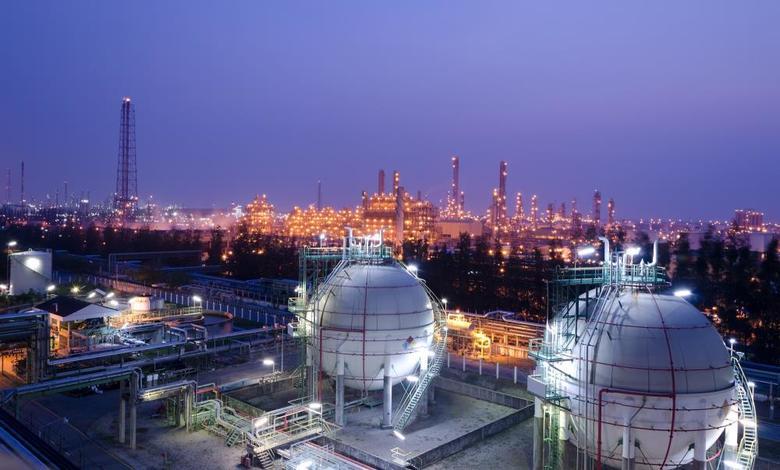
IRANIAN OIL & GAS

Iran's drive to produce as much oil as possible in the wake of Sunday's lifting of international oil trade sanctions will have profound repercussions for Iranian gas sector development.
Although Iran is set to see a massive increase in gas output, the prime focus will likely be on pumping gas into the oilfields to boost oil production by as much as possible and as fast as possible.
The situation is exacerbated because the expected surge in Iranian oil production comes against a background of falling oil prices and rising competition with Saudi Arabia for market share.
With Iran increasingly reliant on gas injection to enhance and maintain oilfield output, there will, at least in the immediate future, be less gas available than expected both for domestic consumption, which continues to soar, and for sales abroad, despite Iran's ambitious gas export plans.
According to Bloomberg analyst Julian Lee, Iran is in a good position to deliver on its target to raise oil output by 500,000 b/d within six weeks and by a further 500,000 b/d six months after that.
"Most analysts are sceptical," Lee told an energy conference in Calgary, Canada, on 12 January. However, he argued, "fields were shut in in a very managed way, when sanctions were applied. He added: "We don't know what it's capability is but there is circumstantial evidence that it can come close to doing what it says it can do."
Moreover, Lee said, reservoir engineers who have visited the fields recently, consider that reports of high 8% decline rates are overstated, with decline rates for onshore fields less than half that.
But Iran will be hurt by the circumstances surrounding the lifting of oil trade sanctions. In practice, it is now engaged in a fierce competition with Saudi Arabia for oil market share, a competition which began when Saudi Arabia decided at the OPEC meeting in November 2014 that it would not cut back its own oil production to shore up prices unless it was absolutely convinced that other major players, including Iran, Iraq and non-Opec Russia would do likewise and which became exacerbated with the breaking of diplomatic relations between Riyadh and Tehran earlier this month.
So it was scarcely surprising that the steady fall in oil prices in recent months should be maintained in the wake of the lifting of sanctions, with Brent trading at around $28.50 to $29.00 a barrel on Monday. In the absence of any further political shocks to the oil market, Ed Morse, Head of Global Commodity Research at Citibank, considers oil prices could fall to $20 a barrel. Meanwhile, Iran and Saudi Arabia remain engulfed in a vicious circle of rising oil production and falling oil prices, with both hoping that they can secure an increase in oil revenues by raising production faster than oil prices are falling.
The fall in oil prices will impact on gas, both because most gas supply contracts still contain some kind of an oil-price link and because those that do not – those that rely essentially on gas-on-gas pricing mechanisms – will be affected by the likelihood that, for a while a least, oil-linked prices will be lower than gas-linked prices.
For Iran, the short-term focus, which may well extend into the medium-term, will be on oil exports, since these constitute the quickest source of vitally needed hard-cash revenues. Any drive for significant new gas exports will have to wait.
-----
More:
SAUDI - IRANIAN COMPETITION - 2
5 IRANIAN CONDITIONS: $185 BLN





